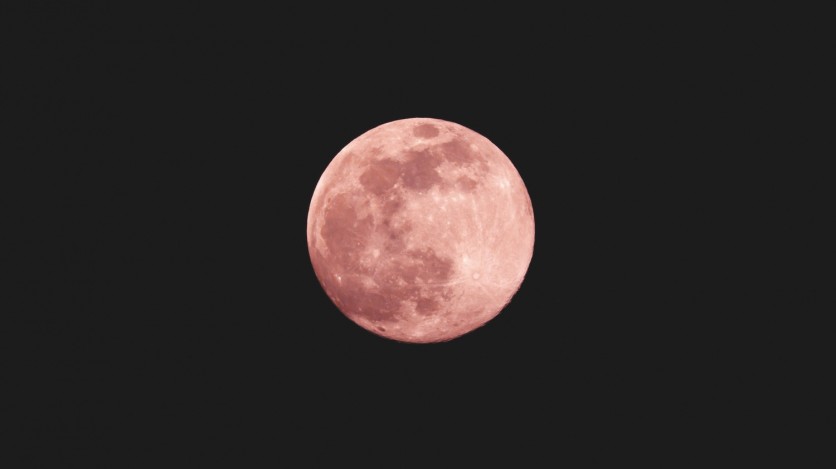China and the United States are once again official competitors against one another, this time for the race to the far side of the Moon, as reportedly declared by the China National Space Administration.
For the first time, the CNSA has classified the United States as a rival in a new strategic lunar plan, signaling a significant departure from the country's long-held secretive space strategy to one of fast-rising power.

The lunar plan reportedly states that in the next 20 to 30 years, China's International Lunar Research Station and the United States Artemis program are expected to be rivals in technology and operational efficiency at the same historical stage and geographic position.
The new plan was developed under the direction of Pei Zhaoyu, deputy director of CNSA's Lunar Exploration and Space Engineering Centre, and was published in the Chinese Journal of Astronautics in April. According to Pei and his colleagues, the competition will revolve around using lunar resources.
US and China Moon Missions
China is still making gains toward the Moon. Recently, it announced that a Chinese spacecraft would land on the Moon's far side in early June to gather soil and rock samples from a less-explored zone.
The landing happened in the huge crater known as the South Pole-Aitken Basin. This was the sixth Chang'e lunar search mission devoted to the Chinese moon goddess. This is the subsequent mission to bring samples to Earth after Chang'e 5, which returned samples from the nearest side in 2020.
China's lunar program displays its expanding space competitiveness against the US, Japan, and India. It intends to land a human on the Moon by 2030. Notably, China frequently deploys astronauts to its space station.
The United States intends to send humans to the Moon by 2026, after the Apollo 11 mission in 1969. However, private-sector spacecraft launches have been postponed.
Boeing's maiden human flight was hampered by computer issues, while a Japanese billionaire's lunar orbit ambitions were pushed back due to uncertainty about SpaceX's big rocket development.
US-China's New Space Race
According to a strategy paper published in January by National Defense magazine, the United States and China are in a new space race, and Washington must ensure crucial freedom of operation.
The cislunar zone, where the gravity of the Earth and Moon interacts with space, provides scientific, economic, and national security benefits. The Mitchell Institute for Aerospace Studies' policy document, "Securing Cislunar Space and the First Island Off the Coast of Earth," released Jan. 17, stressed the importance of this area in the US-China great power confrontation.
The study concluded that China's People's Liberation Army's operations and ideology reflect its aim to conquer space. According to the text, the commander of China's lunar exploration program compared the Moon to contested Western Pacific islands, signaling an aggressive stance.
Related Article : NASA's James Webb Space Telescope Discovers Surprising Ice World in Habitable Zone

ⓒ 2026 TECHTIMES.com All rights reserved. Do not reproduce without permission.




